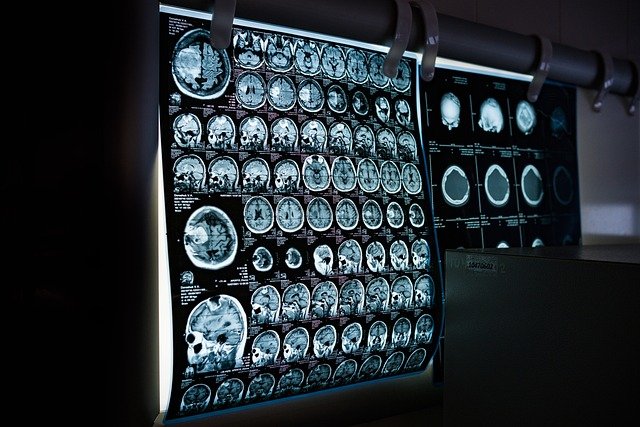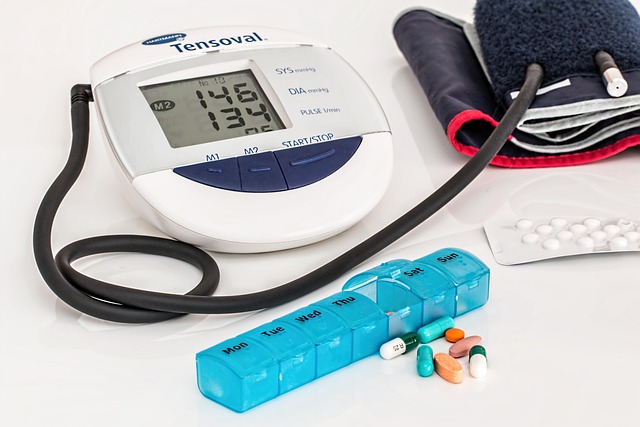Prostate Cancer Treatment Options: What You Might Want to Know
Prostate cancer remains one of the most common cancers affecting men, particularly those over the age of 50. When diagnosed with prostate cancer, understanding the available treatment options becomes crucial for making informed decisions about care. Treatment approaches vary widely based on factors such as the cancer stage, PSA levels, Gleason score, patient age, overall health, and personal preferences. This comprehensive overview examines current treatment modalities, from traditional approaches to newer innovations, helping patients and their families navigate this complex landscape.

When facing a prostate cancer diagnosis, patients often feel overwhelmed by the complexity of treatment choices available. The good news is that medical advances have significantly expanded therapeutic options, offering hope and improved outcomes for many individuals. Treatment selection depends on various factors including cancer stage, patient age, overall health, and personal preferences.
Advancements in Prostate Cancer Treatments
Modern prostate cancer care has witnessed remarkable progress in recent years. Robotic-assisted surgery has revolutionized surgical precision, reducing recovery times and minimizing side effects. Advanced imaging technologies like multiparametric MRI help doctors better visualize tumors and plan targeted treatments. Genetic testing now allows for personalized medicine approaches, identifying specific mutations that may respond to particular therapies. These technological breakthroughs have transformed how oncologists approach treatment planning and patient care.
Localized Treatment Options
For cancer confined to the prostate gland, several effective treatment methods exist. Radical prostatectomy remains a cornerstone treatment, involving surgical removal of the entire prostate gland. Radiation therapy offers another primary option, delivered through external beam radiation or brachytherapy (internal radiation seeds). Focal therapies like high-intensity focused ultrasound (HIFU) and cryotherapy target specific areas of the prostate while preserving surrounding healthy tissue. Each approach carries distinct benefits and considerations that patients should discuss thoroughly with their healthcare team.
Systemic and Alternative Therapies
Advanced or metastatic prostate cancer often requires systemic treatments that work throughout the body. Hormone therapy, also called androgen deprivation therapy, blocks testosterone production or action since prostate cancer cells typically depend on this hormone for growth. Chemotherapy drugs like docetaxel and cabazitaxel target rapidly dividing cancer cells. Newer immunotherapy options harness the body’s immune system to fight cancer cells. Targeted therapies focus on specific genetic mutations or cellular pathways involved in cancer progression.
The Role of Monitoring and Observation
Active surveillance has emerged as a valuable strategy for low-risk prostate cancer cases. This approach involves regular monitoring through PSA tests, digital rectal exams, and periodic biopsies rather than immediate treatment. Many slow-growing prostate cancers may never require aggressive intervention, allowing patients to avoid treatment-related side effects while maintaining quality of life. Careful patient selection and consistent follow-up are essential components of successful active surveillance programs.
Why You Should Learn More About Prostate Cancer Treatments Today
Staying informed about prostate cancer treatment options empowers patients to participate actively in their healthcare decisions. Research continues advancing rapidly, with clinical trials regularly testing promising new therapies. Understanding treatment landscapes helps patients ask informed questions during medical consultations and consider all available options. Early education about prostate cancer also supports prevention strategies and encourages regular screening, which can detect cancer at more treatable stages.
| Treatment Type | Provider Examples | Typical Cost Range |
|---|---|---|
| Robotic Surgery | Mayo Clinic, Johns Hopkins | $15,000 - $50,000 |
| Radiation Therapy | MD Anderson, Memorial Sloan Kettering | $10,000 - $30,000 |
| Hormone Therapy | Local Oncology Centers | $3,000 - $12,000 annually |
| Immunotherapy | Cancer Treatment Centers | $100,000 - $200,000 annually |
Prices, rates, or cost estimates mentioned in this article are based on the latest available information but may change over time. Independent research is advised before making financial decisions.
Prostate cancer treatment decisions require careful consideration of multiple factors including medical, personal, and financial aspects. Working closely with experienced oncology teams ensures patients receive comprehensive care tailored to their specific situation. While treatment options continue expanding, the importance of early detection through regular screening cannot be overstated. Men should discuss prostate cancer screening recommendations with their healthcare providers, particularly those with family history or other risk factors.
This article is for informational purposes only and should not be considered medical advice. Please consult a qualified healthcare professional for personalized guidance and treatment.




